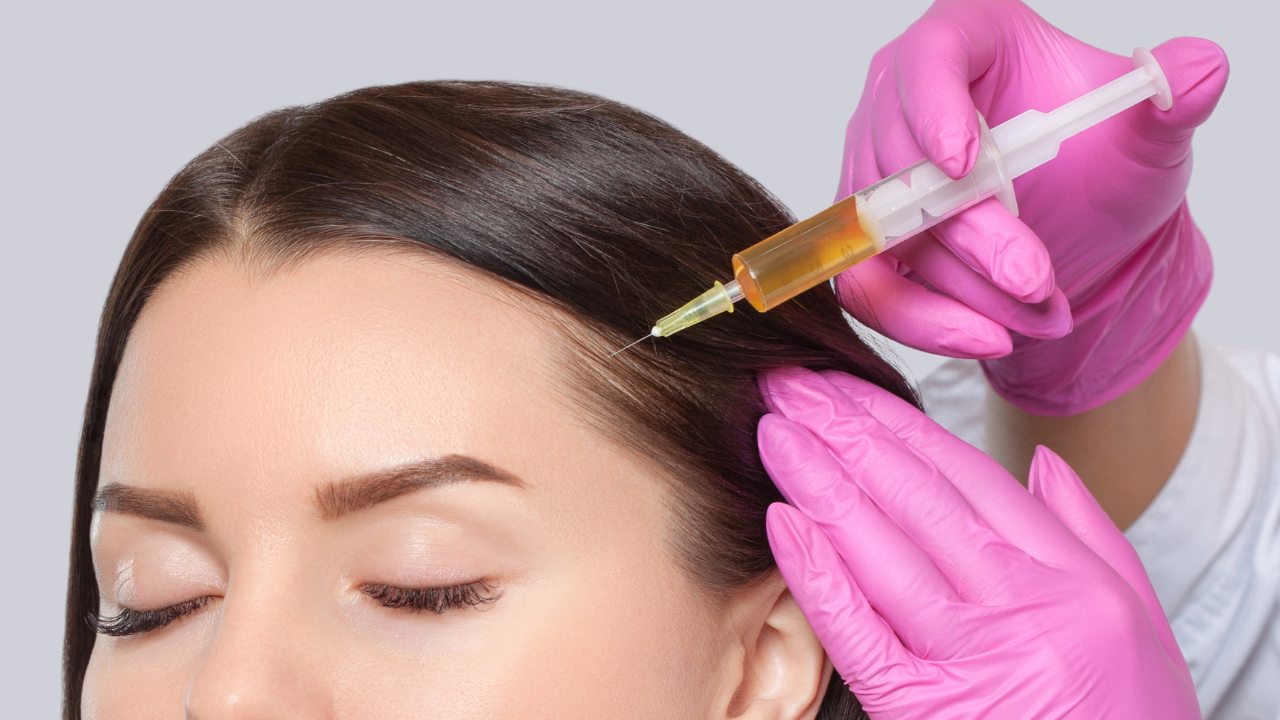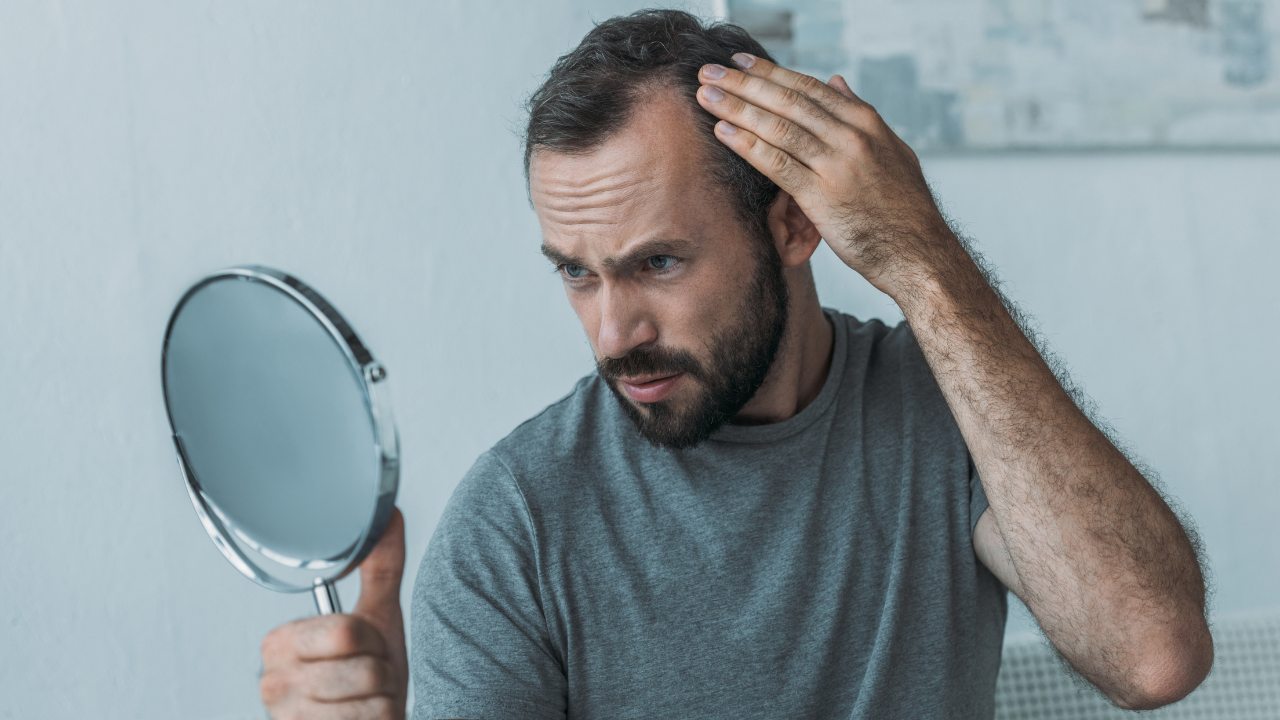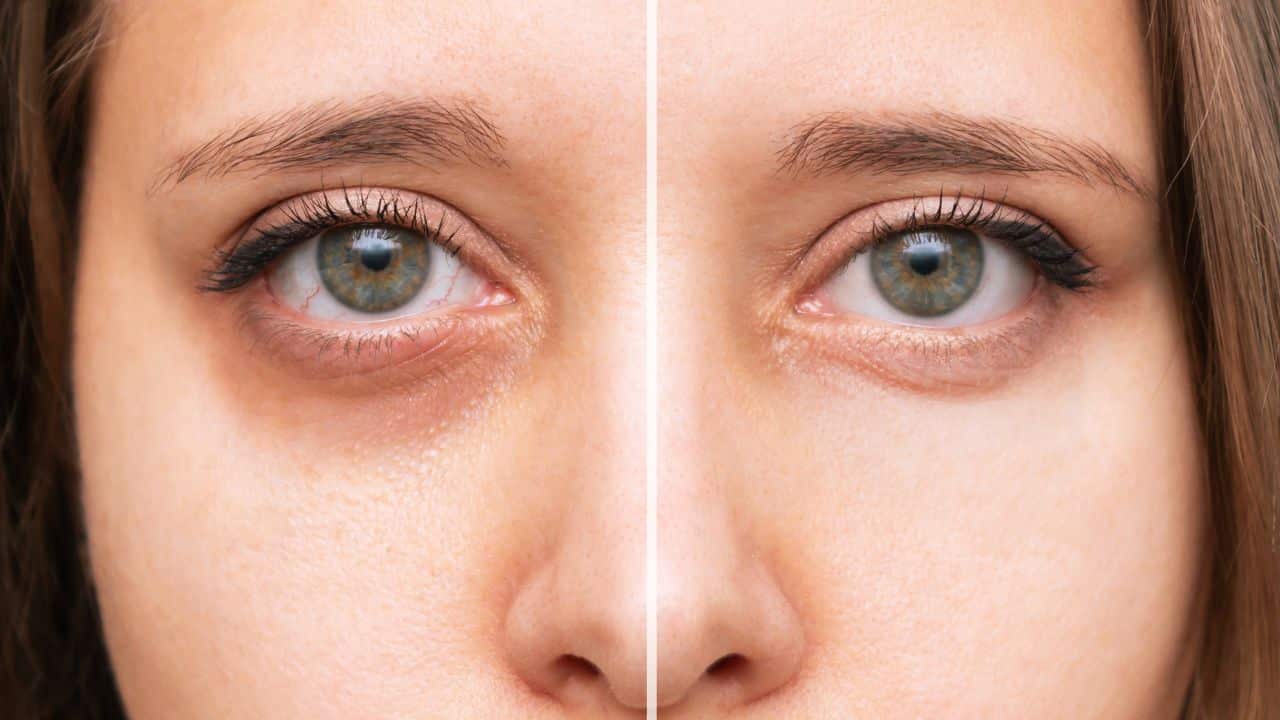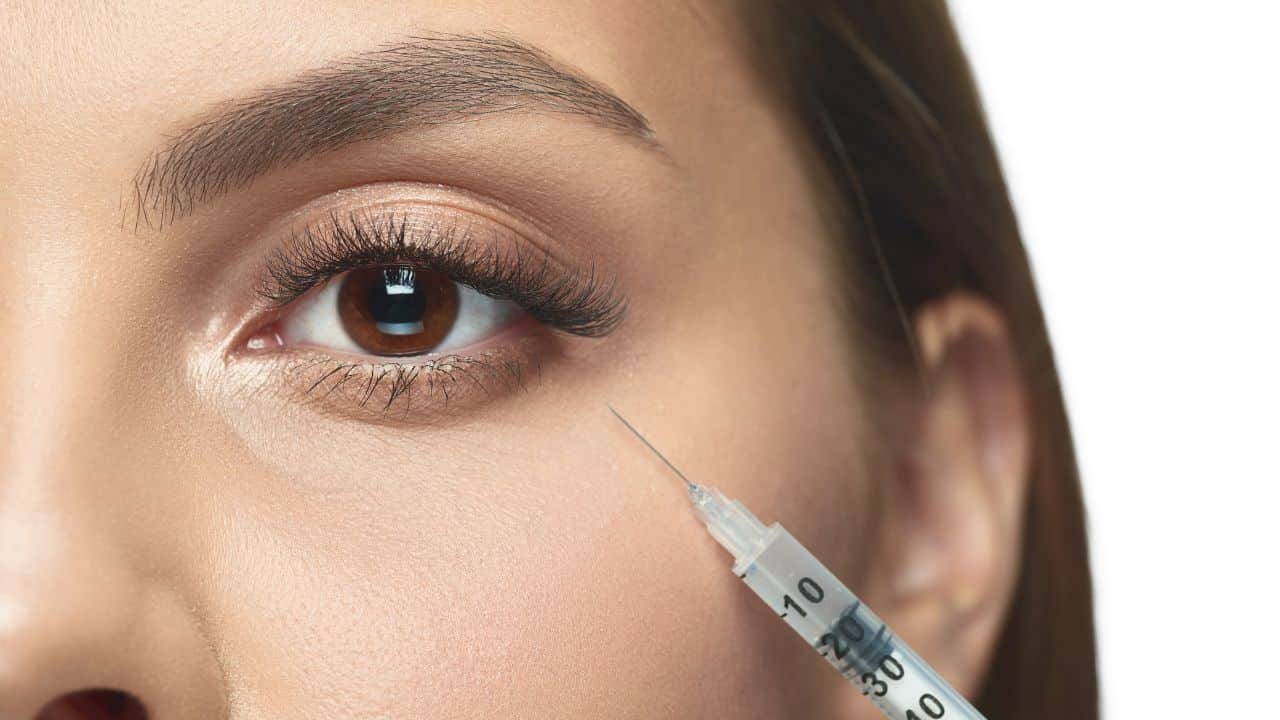Are you grappling with alopecia and feeling overwhelmed by the array of treatment options out there?
You’re not alone. In the bustling streets of Los Angeles, where appearance often feels as essential as talent, dealing with hair loss can be particularly challenging. But here’s some good news: effective solutions are within reach.
With its various forms and intensities, Alopecia demands more than just a one-size-fits-all approach. From the well-known aisles of over-the-counter treatments to the advanced realms of PRP therapy, the path to hair restoration is as diverse as the city itself.
In this blog, we’re not just listing treatments; we’re diving deep into what really works. We’ll explore how factors like your condition’s severity, lifestyle, and personal preferences are crucial in finding the right solution.
Let’s unravel the technicalities of alopecia treatments together and discover what’s best for you.
Best Treatments for Alopecia
While various common treatments are available for alopecia, each comes with its own set of considerations. From topical applications to oral medications, the choice depends on the type of alopecia, stage of hair loss, and individual lifestyle factors.
Topical Treatments: The First Line of Defense
For many dealing with alopecia, topical treatments are often the first step. Minoxidil, available over the counter, is a popular choice. It’s applied directly to the scalp and works by stimulating hair growth. However, results vary among individuals, and consistent application is crucial. Additionally, it’s more effective in the early stages of hair loss and might not yield significant results for advanced alopecia.
Oral Medications: Tackling Hair Loss Internally
Oral medications like finasteride are another common route, particularly for androgenetic alopecia. These medications work by targeting hormones that contribute to hair loss. While effective for some, they have potential side effects and are typically more suitable for long-term treatment. It’s important for patients, especially those in Los Angeles, to consider these aspects, given the lifestyle and health consciousness prevalent in the area.
Corticosteroids: Reducing Inflammation
In cases like alopecia areata, where inflammation is a factor, corticosteroids can be prescribed. They can be used topically, injected, or even taken orally. While they can effectively stimulate hair growth, their long-term use is often limited due to potential side effects.
Light and Laser Therapy
Light and laser therapies are emerging as a non-invasive option. These treatments use light energy to stimulate hair growth. While they are gaining popularity due to their non-invasive nature, it’s essential to have realistic expectations regarding their efficacy, as results can be gradual and vary widely.
The Los Angeles Factor: Considering Lifestyle and Environment
For alopecia patients in Los Angeles, it’s vital to consider the impact of lifestyle and environmental factors on hair health. Stress, diet, and even exposure to the sun can influence the effectiveness of these treatments. Patients should consider these factors in conjunction with their chosen treatment for optimal results.
Comparing PRP with Other Alopecia Treatments
PRP therapy stands out for its personalized approach, effectiveness, and safety profile compared to other alopecia treatments. It addresses the unique challenges faced by alopecia patients, offering a viable and effective treatment alternative, particularly for those in dynamic environments like Los Angeles.
For patients exploring their options, PRP therapy for hair loss at a specialized clinic offers a promising path to hair restoration and confidence renewal.
PRP vs. Topical Treatments
Topical treatments like minoxidil are often the first line of defense against alopecia. They are easy to apply and accessible.
However, their effectiveness can be limited, especially for more advanced stages of hair loss or certain types of alopecia. In contrast, PRP (Platelet-Rich Plasma) therapy offers a more dynamic approach. PRP targets the root cause of hair loss by rejuvenating hair follicles at a cellular level, making it a potent option for those who have not seen significant results from topical treatments.
PRP and Oral Medications
Oral medications, such as finasteride, work systemically to combat hair loss, primarily used for androgenetic alopecia. While effective for some, they can come with side effects and are not suitable for everyone, including women of childbearing age.
PRP therapy, being a localized and natural treatment, sidesteps these systemic side effects, offering a safer alternative for a broader range of patients, including women experiencing hair thinning.
Corticosteroids and Light Therapy Compared to PRP
Corticosteroids, used in alopecia areata, can help reduce inflammation and promote hair growth but may not be viable for long-term use due to potential side effects. While non-invasive and painless, light therapy often requires ongoing, frequent sessions and may not yield dramatic results.
PRP therapy, meanwhile, offers a balance between efficacy and safety. It requires fewer sessions than light therapy and avoids the systemic effects of corticosteroids, providing a suitable long-term solution.
PRP’s Edge in Personalization and Effectiveness
One of the critical advantages of PRP therapy is its ability to be tailored to each patient’s specific type of alopecia and severity. This personalization enhances its effectiveness, as treatments are targeted to individual needs.
For alopecia patients in Los Angeles, where lifestyle and environmental factors like sun exposure and stress are prevalent, PRP therapy’s adaptability makes it an attractive option.
Sustainability and Maintenance
In terms of sustainability and maintenance, PRP therapy also shines. Unlike daily topical applications or oral medications, PRP typically requires an initial series of treatments followed by periodic maintenance sessions.
This less frequent treatment schedule is appealing to the busy lifestyles of North American patients, particularly those in Los Angeles.
Why PRP Might Be a Better Option
For certain types of alopecia patients, particularly those with alopecia areata, traction alopecia, or those not responding to traditional treatments, PRP therapy offers a promising alternative.
Its natural, minimally invasive approach and effectiveness in stimulating hair growth and improving scalp health make it a compelling choice for those seeking a solution that aligns with a health-conscious, active lifestyle.
Key Factors to Consider Before Choosing an Alopecia Treatment
Before choosing a treatment for alopecia, consider your condition’s severity, medical history, lifestyle, pros and cons, cost, and accessibility. By considering these factors, you can make a well-informed decision that aligns with your needs and leads to the best possible outcome for your hair restoration journey.
Understanding the Severity of Your Condition
Before diving into any treatment for alopecia, it’s crucial to assess the severity of your hair loss. Are you just beginning to notice thinning hair, or are you dealing with more extensive bald patches?
The stage of your alopecia can significantly influence which treatment will be most effective. For instance, early stages of thinning might respond well to topical treatments, while more advanced alopecia may require interventions like PRP therapy for significant improvement.
Your Medical History and Health
Your overall health and medical history are vital to deciding a treatment path. Specific treatments, such as oral medications, may not be suitable if you have particular health conditions or are taking other medications.
For those with a preference for natural, minimally invasive options, PRP therapy, which uses your body’s growth factors, can be an excellent choice. Discussing your medical background with your healthcare provider to identify the safest and most effective treatment for you is crucial.
Lifestyle Considerations
Your lifestyle can also play a significant role in your treatment decision. Treatments requiring daily application might not be best if you lead a busy life and prefer a low-maintenance solution.
With its initial series of treatments followed by less frequent maintenance sessions, PRP therapy can be more conducive to a fast-paced lifestyle.
Additionally, for residents of Los Angeles, where outdoor activities and sun exposure are common, choosing a treatment that doesn’t increase sun sensitivity, such as PRP, might be preferable.
Weighing the Pros and Cons of Each Treatment
Every alopecia treatment comes with its own set of pros and cons. Topical treatments might be easy to use but can require a long-term commitment, and oral medications might be effective but come with potential side effects.
While more of an upfront investment, PRP therapy offers a natural and effective approach with minimal side effects. Evaluating these aspects against your personal preferences and needs is vital.
Cost and Accessibility
Consider the financial aspect of the treatment. While some options, like minoxidil, are more budget-friendly, others, like PRP therapy, require a more significant investment.
However, the cost should be weighed against the treatment’s potential long-term benefits and effectiveness. It’s also important to consider the available therapies in your area, especially for those in Los Angeles, where options like PRP therapy are readily accessible at specialized clinics.
Seeking Professional Advice
Finally, seeking advice from a hair loss specialist or a dermatologist is crucial. They can diagnose your alopecia type professionally and recommend the most suitable treatment options. For those in Los Angeles, consulting with Dr David Nazarian at PRP Treatment Beverly Hills, who understands the specific environmental and lifestyle factors, can be particularly beneficial.
Why PRP Therapy is Considered Superior for Treating Alopecia

PRP therapy stands out as a superior treatment for alopecia, offering a scientifically backed, personalized, and natural approach to hair restoration.
Its adaptability to the Los Angeles lifestyle, minimal maintenance requirements, long-term results, and safety profile make it an increasingly popular choice for those seeking practical solutions for hair loss.
Grounded in Science: The Effectiveness of PRP Therapy
PRP (Platelet-Rich Plasma) therapy is gaining recognition as a superior treatment for alopecia, and this is not just anecdotal – it’s backed by science. Studies show that PRP’s concentration of growth factors is crucial in stimulating hair follicles, promoting new hair growth, and strengthening existing hair.
Unlike other treatments that may superficially target hair loss symptoms, PRP therapy works at a cellular level, enhancing hair’s natural growth cycle.
Tailored for Individual Needs
One of the standout benefits of PRP therapy is its customization. Each treatment is tailored to the patient’s unique hair loss pattern, making it highly personalized.
This is particularly important for alopecia patients in diverse areas like Los Angeles, where individual lifestyle and environmental factors play a significant role in the health and condition of hair.
Adaptability to Los Angeles Lifestyle and Climate
In Los Angeles, where lifestyle and climate are key factors, PRP therapy offers a fitting solution. The city’s sunny climate and active lifestyle can exacerbate certain types of hair loss.
PRP therapy, being a minimally invasive and natural treatment, fits seamlessly into Los Angeles residents’ busy, health-conscious lives. Its ability to strengthen hair without the need for daily application or exposure to chemicals makes it an ideal choice for those living in this vibrant city.
Long-Term Results with Minimal Maintenance
Another reason PRP therapy is viewed as superior is its potential for long-term results. While treatments like minoxidil require ongoing, daily application, PRP therapy usually involves an initial series of treatments followed by less frequent maintenance sessions.
This aspect of PRP particularly appeals to people seeking a sustainable and time-efficient solution to hair loss.
Safety and Natural Approach
Safety is a paramount concern, and PRP therapy excels in this area. Utilizing the patient’s blood significantly reduces the risk of allergic reactions or side effects. This natural approach to treating alopecia is a significant draw, especially for those who prefer treatments in line with a holistic health philosophy.
Enhanced Effectiveness in Hair Restoration
PRP therapy has shown enhanced effectiveness in halting the progression of hair loss and regrowing hair in alopecic areas.
For patients experiencing various forms of alopecia, this treatment can lead to noticeable improvements in hair density and scalp health, as evidenced by multiple clinical studies and patient testimonials.
Final Words
There is no one-size-fits-all solution for alopecia. The best treatment for you hinges on understanding the unique story of your hair loss, weighing the pros and cons of each option, and aligning them with your lifestyle and personal needs.
Whether it’s the simplicity of topical treatments, the systemic approach of oral medications, or the natural and targeted effectiveness of PRP therapy, your path to hair restoration is uniquely yours.
In the vibrant city of Los Angeles, where life moves fast and appearances matter, consider a treatment that addresses hair loss effectively and fits seamlessly into your dynamic lifestyle.
At PRP Treatment Beverly Hills, we specialize in providing personalized, state-of-the-art PRP therapy tailored to your hair restoration needs.
Don’t let alopecia hold you back.
Visit us at PRP Treatment Beverly Hills and take the first step towards reclaiming your hair and confidence. Book your consultation today and discover the transformative power of PRP therapy in your fight against hair loss.





